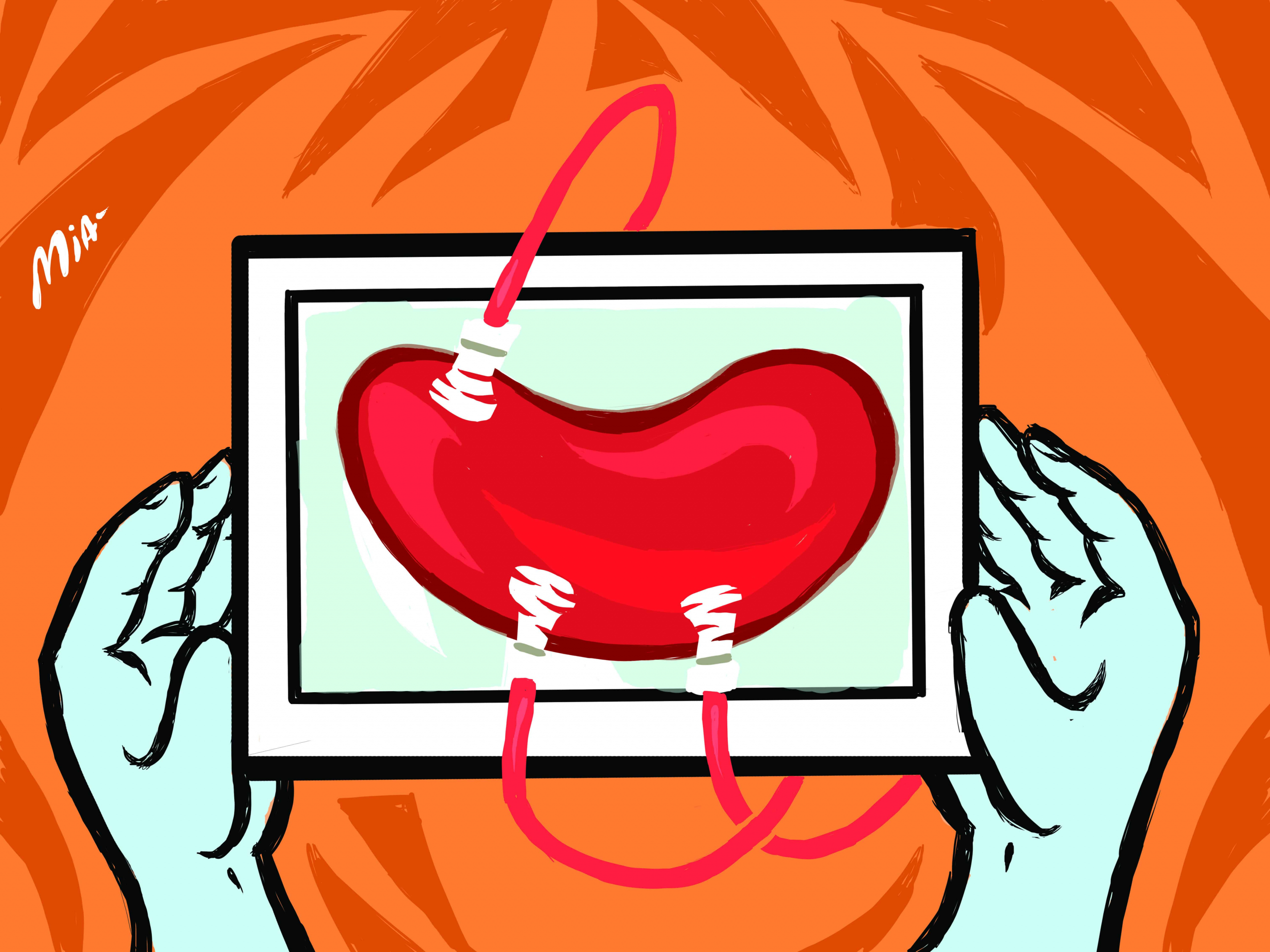Imagine you are an athlete competing in the Mount Everest Marathon, one of the longest endurance races in the world. Before you even start the race, you must navigate for countless hours through uncharted territory, hungry and out of breath. Race day arrives, and you are expected to be at your peak performance to start your run. Sounds daunting, doesn’t it? Now imagine you are running because your life depended on it.
This scenario is similar to the life-saving race that kidneys go through after they are harvested from donors and are awaiting transplant. Fortunately, a team of Toronto doctors found a way for these organ-athletes to start the race strong and full of energy before transplant day.
The Varsity had a chance to speak with Dr. Markus Selzner, a leading transplant surgeon from Toronto General Hospital and Associate Professor in U of T’s Department of Surgery, about this new life-saving method.
With collaborators from the University Health Network, Sick Kids Hospital and support from the Canadian National Transplant Research Program, it took about five years of research to develop the ex-vivo machine. Named for the Latin term meaning ‘out of the living,’ the machine can mimic the environment inside the human body to keep organs healthy before transplant.
In contrast, standard transplantation procedure involves removing kidneys carefully from a body’s balmy internal temperature of 37 degrees and cooling them down to about four degrees. This cooling slows the kidney’s metabolism and keeps them viable for a maximum of 30 hours before transplantation. These cooled kidneys are in a ‘sleepy’ state, which requires dialysis until it can be transplanted.
The ex-vivo machine blends old and new techniques by combining the traditional heart-lung bypass machine with customized tubing that is adapted to maintain optimal flow of the kidney’s smaller blood vessels. A series of interconnected tubes and mechanical pumps carry a solution of nutrients including amino acids, oxygen, glucose, antibiotics, and drugs to treat and relax the kidney in preparation for surgery. “The key is what’s in the fluid. It’s like cooking a soup, you want to get every ingredient right,” said Selzner.
The goal of the device is to preserve and rejuvenate less-than-ideal kidneys by mimicking the “normothermic” or normal temperature inside the body. “We keep the kidney warm, perfused with oxygen and nutrition, so we pretend that the organ is still in the body… and it works at this time,” said Selzner.
In Canada, kidneys are the most frequently transplanted solid organ, but the need for this organ exceeds the supply. These kidneys go through rigorous analysis and only the most healthy organs are chosen to ensure success for the patients receiving them. Selzner hopes that by meeting this demand through rejuvenating less-than-ideal kidneys, countless individuals will be given a new lease on life.
Selzner has an optimistic outlook of what is to come and emphasized the importance of collaboration between research and clinical teams to advance life-saving technologies. Selzner is part of the team seeking new applications for this technology including rejuvenating other organs like the liver, pancreas, and heart.
In the long term, he is hoping to create a central hub or repair center for organs which would involve organs being docked and actively analyzed for up to date information on how well it works pre-transplant. This would be an significant advancement in accessibility and availability of organs for transplant.


